15 Beginner-Friendly Flowers for Next Year’s Garden
Planning your garden ahead of time makes things much easier when the next season arrives. If you want a colorful yard without too much effort, picking the right flowers now can save time later. Some flowers are easy to grow and need very little attention once they are in the ground. These low-maintenance picks still give you plenty of blooms and color. Many of them can withstand tough weather or less-than-ideal soil conditions. You can find these flowers online or at local nurseries and have them ready to plant when the time is right.
This post may contain affiliate links, which helps keep this content free. Please read our disclosure for more info.
Marigold

Marigolds are one of the easiest flowers to grow, making them a favorite for gardeners of all skill levels. They come in sunny shades of orange, yellow, and red, and can handle hot days without much trouble. These flowers are excellent for borders, containers, or garden beds and thrive in full sunlight. They are known to grow quickly from seed and usually bloom within a few weeks.
Another reason people like marigolds is that they tend to keep certain pests away. Their scent is not pleasant to many garden bugs, so they help protect nearby plants. You can plant them around vegetables or herbs to add some protection while keeping your garden colorful. They do not need much water once they are established, so you can enjoy them without constant upkeep.
Zinnia
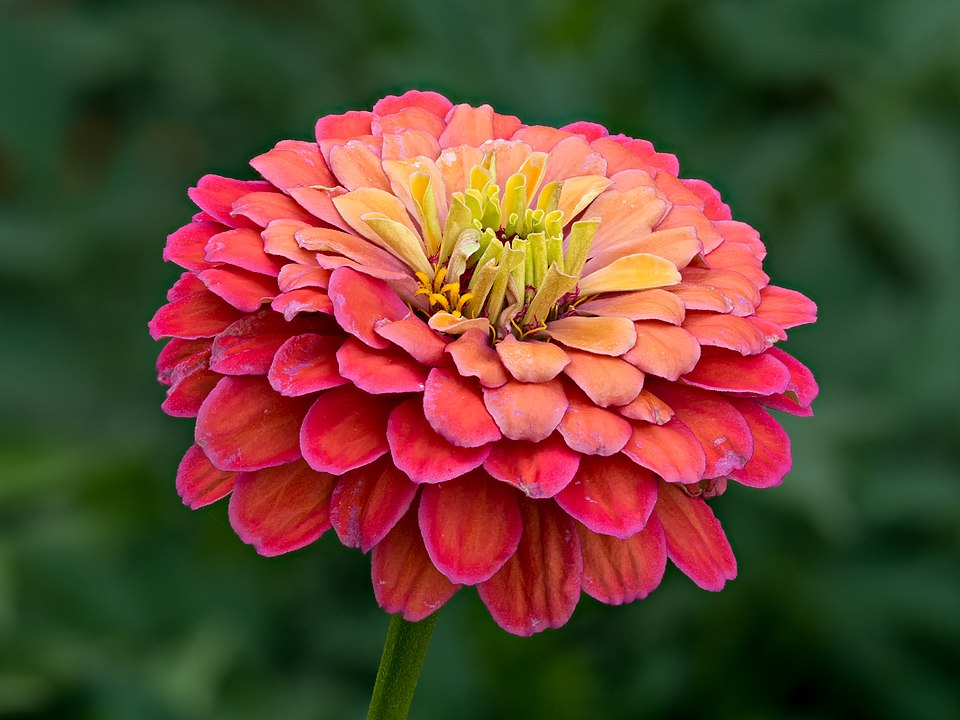
Zinnias are cheerful flowers that bloom in a wide range of colors, including pink, purple, red, and white. They are one of the easiest flowers to grow from seed and often bloom just weeks after planting. These flowers do well in warm weather and enjoy full sunlight. Once they get going, they keep blooming all summer long.
They also attract butterflies, which adds more charm to your garden. Zinnias are great for cutting too, so you can bring some inside for bright indoor arrangements. They are very forgiving and do not need rich soil or much fertilizer. Regular deadheading will help them keep producing new blooms.
Coneflower
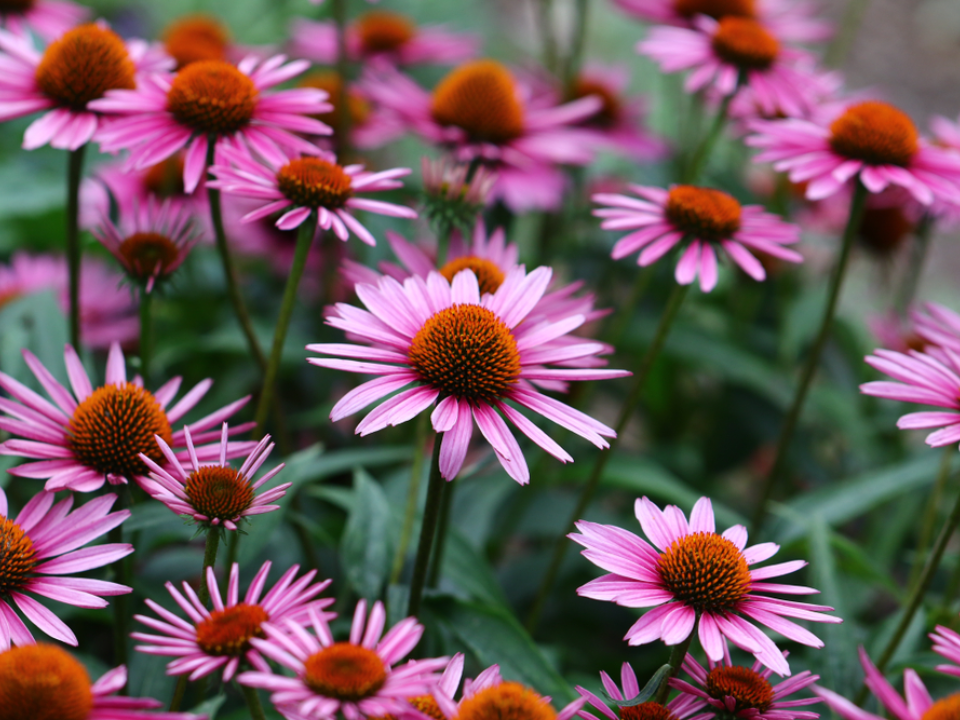
Coneflowers are sturdy and colorful, known for their large daisy-like blooms with a raised center. They come in purples, pinks, and whites, and can handle both heat and drought. These flowers return each year, making them a reliable choice if you want something that stays around. Once planted, they take care of themselves for the most part.
Pollinators like bees and butterflies love coneflowers, which adds some life to your garden. They also do well in different types of soil and do not mind dry spells. You can leave the flower heads at the end of the season to feed birds like finches. This low-maintenance plant makes a lovely centerpiece in any sunny flower bed.
Black-Eyed Susan
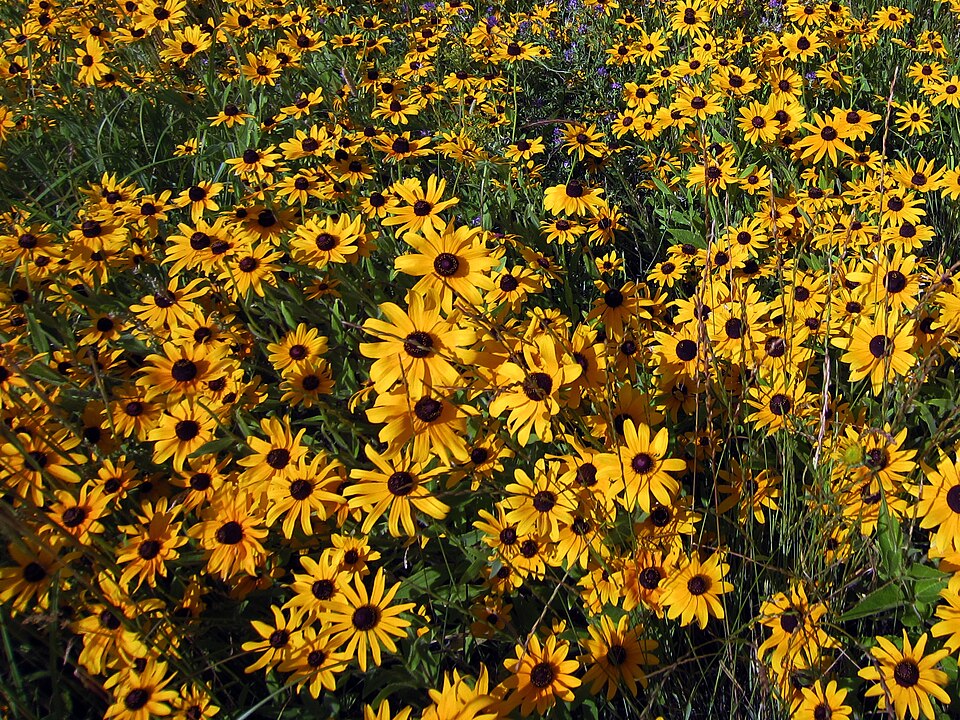
Black-eyed Susans have golden yellow petals with a dark brown center and are a familiar sight in late summer gardens. These tough flowers can grow in poor soil and still look vibrant. They thrive in full sun and are rarely bothered by pests or disease. You can use them in mass plantings, borders, or wildflower gardens.
They often reseed on their own, which means you will see more of them the following year without having to replant. They also pair well with other flowers like echinacea and ornamental grasses. Black-eyed Susans are a good pick if you want a long-lasting display without much trouble. Their sunny appearance makes them feel right at home in cottage-style or natural garden settings.
Nasturtium
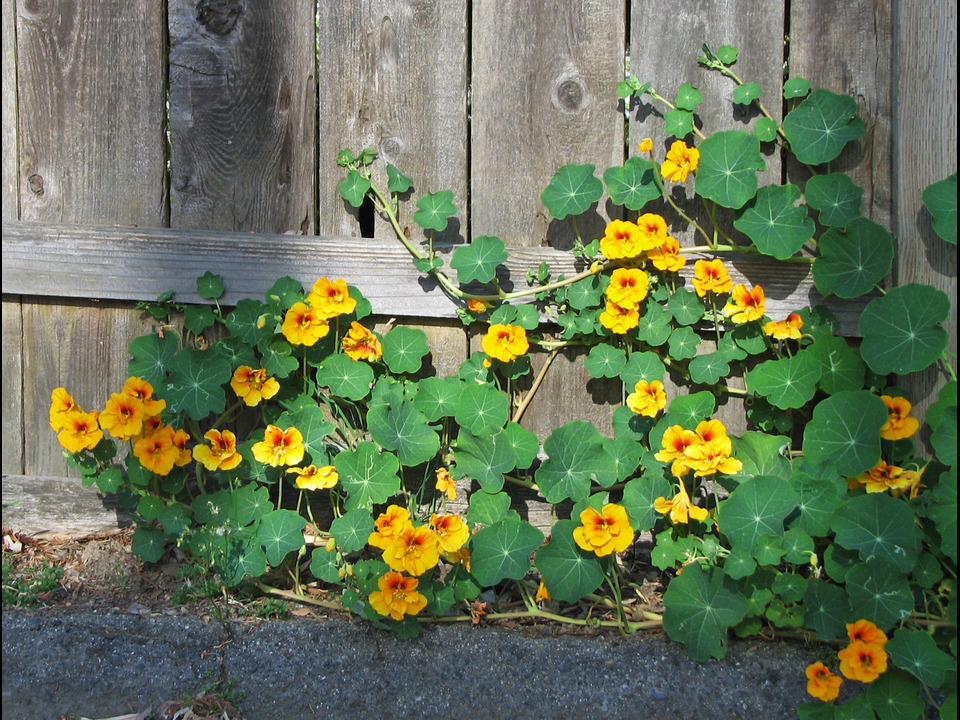
Nasturtiums are known for their round leaves and bright flowers in shades of red, orange, and yellow. They grow quickly and can spread across the ground or trail over pots and raised beds. These flowers thrive with minimal care and do well in poor soil. You do not need to use fertilizer since they actually grow better in less-rich dirt.
An added bonus is that both the flowers and leaves are edible. They have a slightly peppery flavor and look pretty in salads. You can grow them around vegetable beds since they tend to lure pests away from other plants. They prefer sunny spots and only need light watering, so they are easy to fit into any garden space.
Calendula
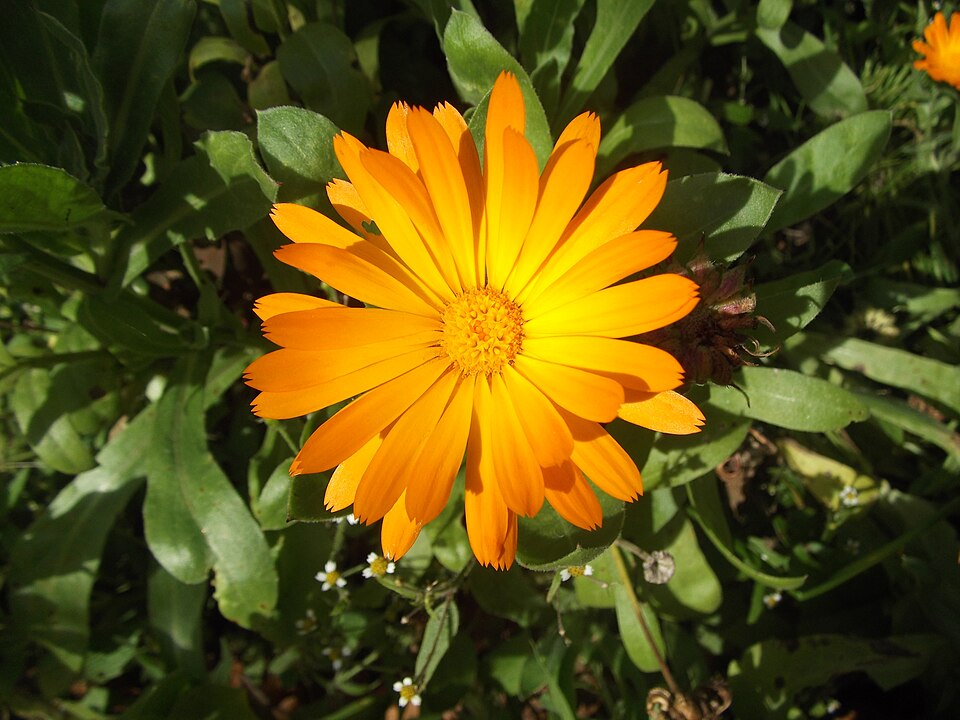
Calendula is often grown for its cheerful yellow and orange blooms that resemble daisies. This flower is easy to grow from seed and does well in cooler seasons, making it perfect for early spring or fall planting. Calendula prefers full sun but can tolerate partial shade, and it continues to bloom as long as temperatures stay mild. Its bright colors stand out in beds, borders, or containers.
People also like calendula for its soothing properties, as the petals are sometimes used in skin products or teas. Deadheading the spent flowers encourages new blooms to appear throughout the growing season. It does not need much attention beyond occasional watering and can grow well in average garden soil. Calendula brings both color and quiet usefulness to any low-effort garden.
Cosmos
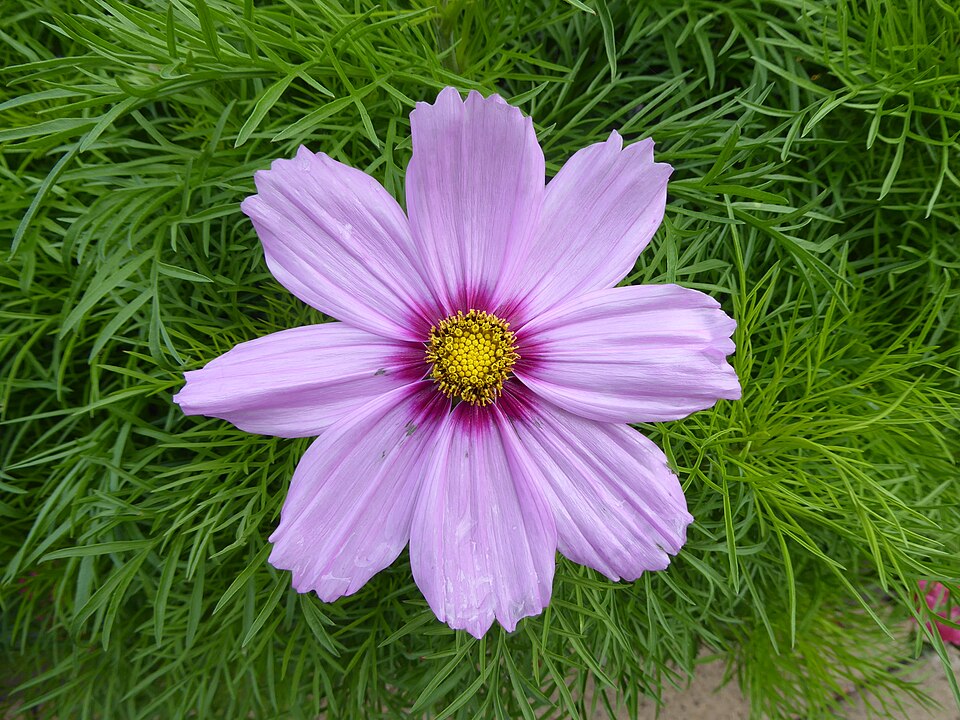
Cosmos are tall, feathery plants with delicate daisy-like flowers in pink, white, or deep magenta. They grow quickly from seed and thrive in sunny spots with well-drained soil. These flowers bloom steadily through summer and often keep going into early fall. They are a popular pick for filling up empty garden space with minimal effort.
Their graceful stems and long-lasting blooms make them a favorite for cutting gardens. Butterflies and bees are attracted to them, helping support local pollinators. Cosmos do not need rich soil and actually prefer conditions that are not too fertile. Once planted, they usually take care of themselves with very little work required.
Coreopsis
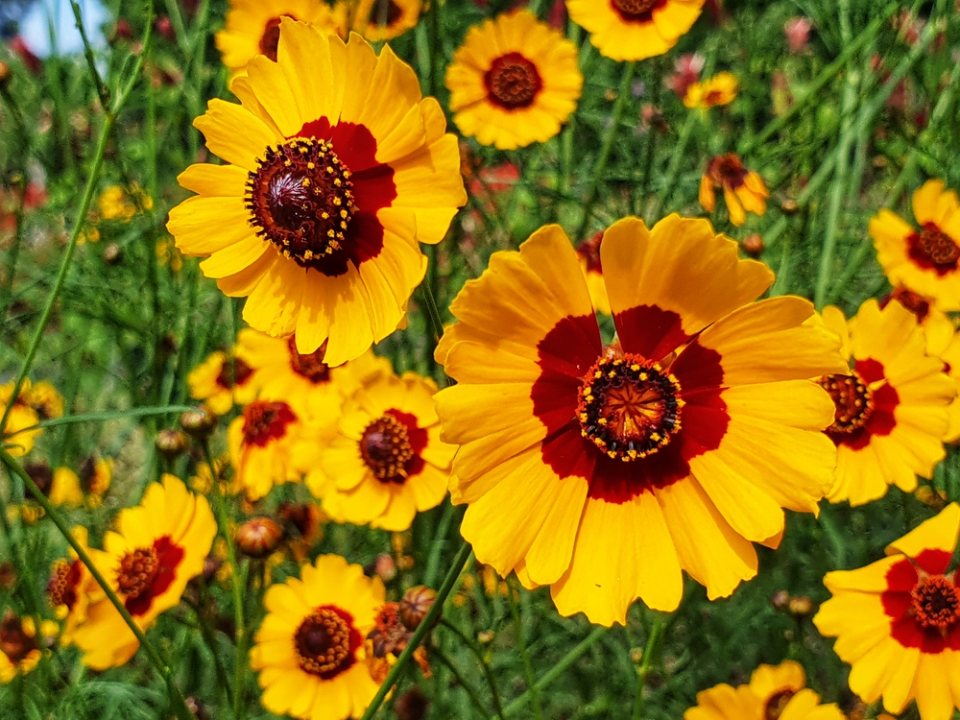
Coreopsis, also known as tickseed, produces small daisy-like flowers that come in shades of yellow, red, or pink. These tough plants love the sun and tolerate drought well. They bloom heavily through the summer and often into fall, even in less-than-ideal soil. Their fine leaves and dense growth make them a good choice for borders or wildflower gardens.
Once they are established, coreopsis plants rarely need watering or extra attention. You can cut them back after blooming to encourage a second flush of flowers. They are resistant to many common pests and diseases, making them reliable performers in any garden. With their long bloom time and easy nature, they add steady color without much fuss.
Petunia
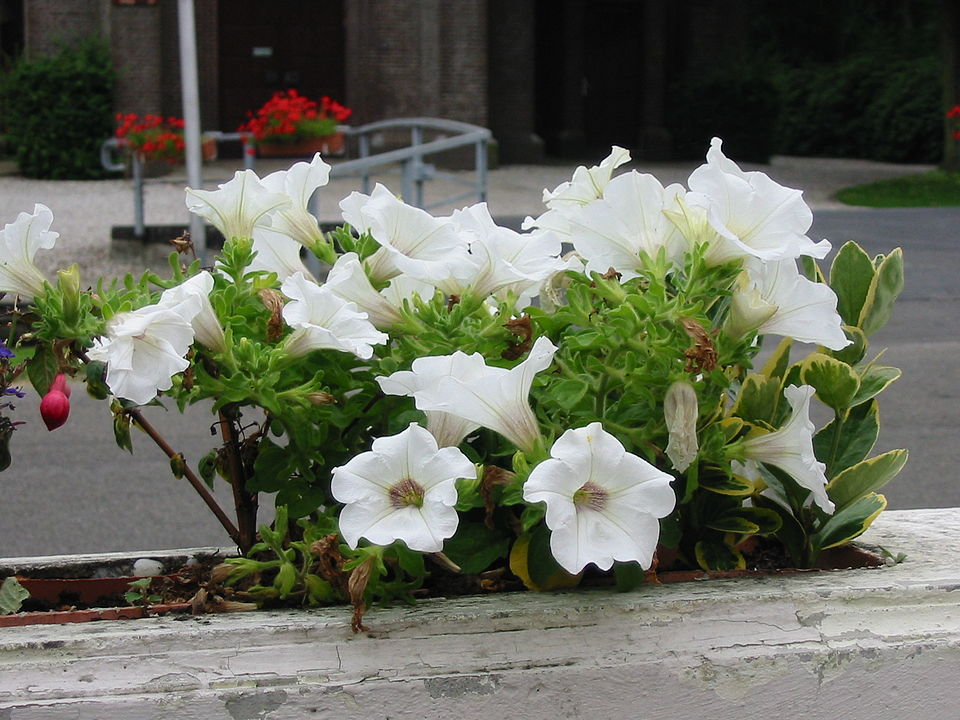
Petunias are a popular choice for hanging baskets, containers, and flower beds because of their vibrant colors and long bloom season. They come in purples, pinks, whites, and blues and can tolerate heat and full sun. Once planted, they begin blooming quickly and keep going with regular watering and some deadheading. These flowers are great for adding fast color to any outdoor space.
They do well in both ground and pots, making them flexible for different garden layouts. While they appreciate occasional feeding, they can still grow nicely with little help. Newer types are bred to keep blooming even without constant trimming. Petunias are an easy way to make a garden feel full and cheerful all season long.
Sweet Alyssum
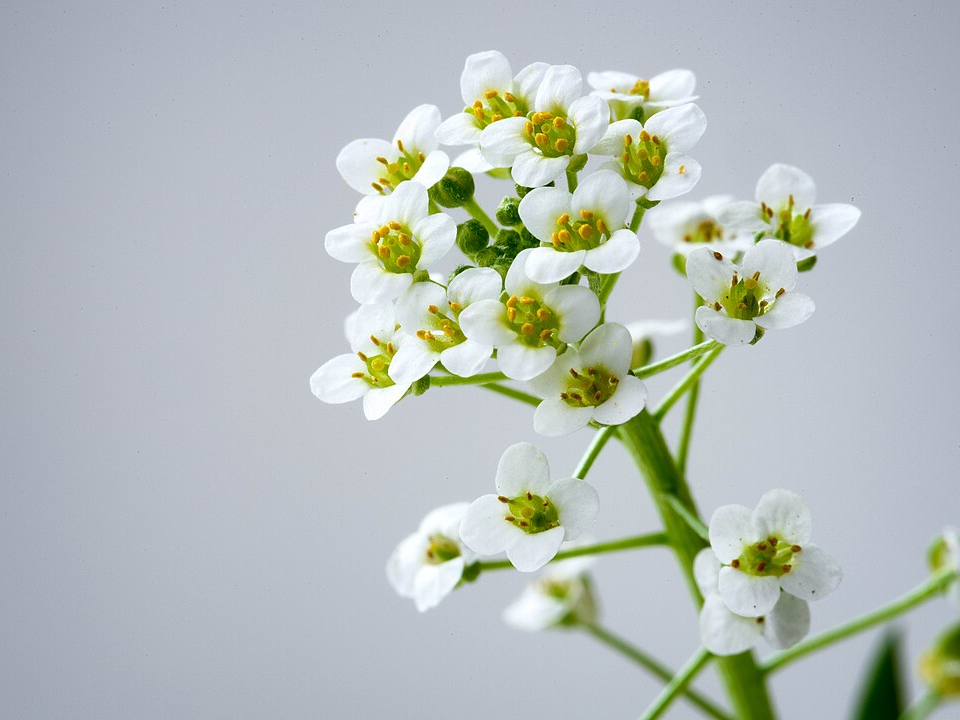
Sweet alyssum has tiny white, pink, or purple flowers that grow in soft clusters. It stays low to the ground and makes a great filler plant around borders or along walkways. These flowers give off a gentle fragrance and attract pollinators like bees. They grow quickly and continue to bloom through spring and fall when temperatures are cooler.
Sweet alyssum thrives in full sun but can handle some shade and does not need fancy soil. Once it gets going, it spreads out on its own and can even reseed if left alone. Its compact size makes it ideal for small spaces or container gardens. This plant brings charm and scent to any garden with barely any upkeep.
Dianthus
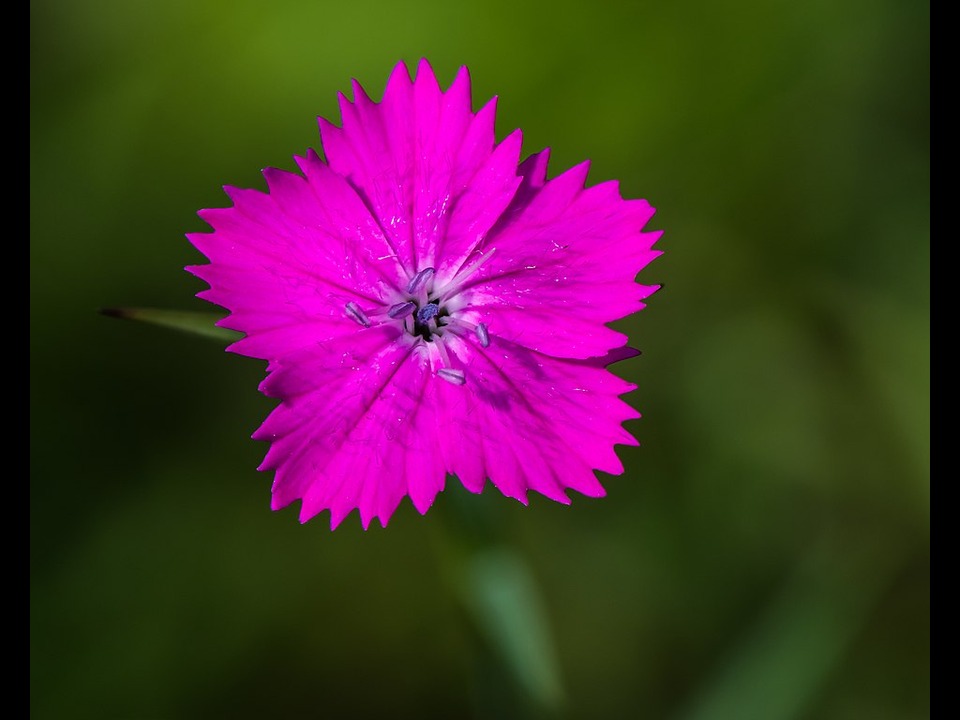
Dianthus is known for its fringed petals and clove-like scent. These charming flowers bloom in shades of pink, red, and white, and they grow well in both beds and containers. They prefer full sun and well-drained soil, and once planted, they do not need much attention. Their compact growth makes them ideal for borders or edging paths.
Some varieties are short-lived perennials, while others grow as annuals, depending on your climate. Regular deadheading can help extend the blooming season, but even without it, they remain tidy and appealing. Dianthus handles dry periods well and is not fussy about soil conditions. It is a simple way to bring color and fragrance into a low-maintenance garden.
Verbena
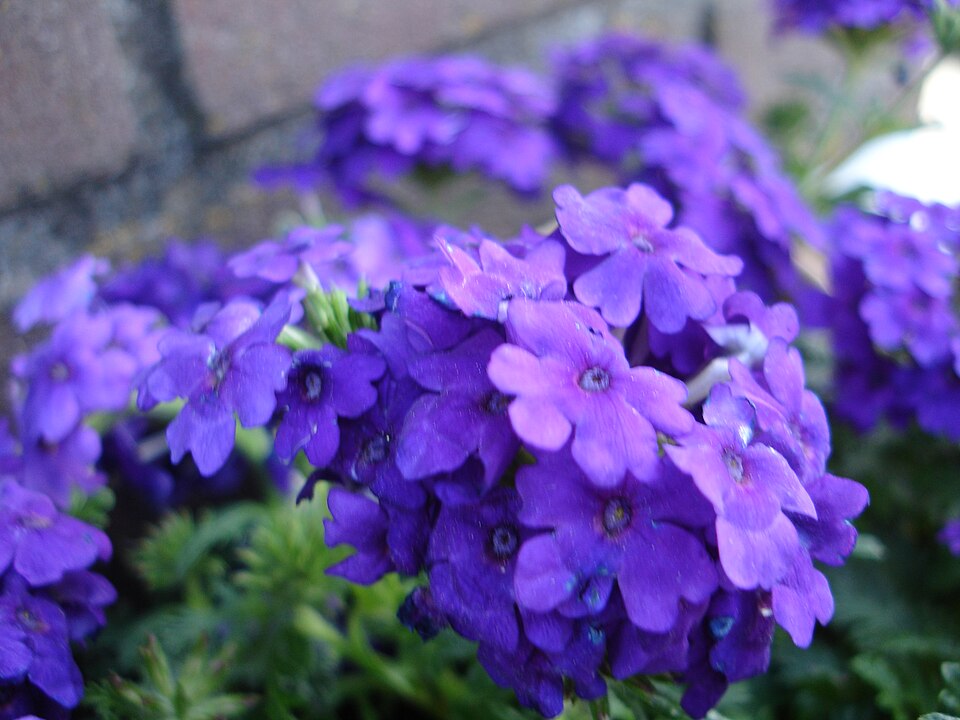
Verbena produces clusters of small flowers in purples, reds, and pinks that bloom nonstop during warm months. It thrives in sunny spots and can handle dry soil, making it a good pick for rock gardens or containers. Once planted, verbena grows quickly and fills in spaces with trailing or mounding growth. Its long-lasting blooms help keep the garden colorful without constant replanting.
This flower also attracts butterflies, adding movement and life to outdoor areas. It does not require regular feeding or trimming, although an occasional cutback can refresh its appearance. Verbena is easy to mix with other plants or grow on its own in pots or hanging baskets. With its forgiving nature and steady flowering, it is a good match for anyone wanting easy color.
Pansy
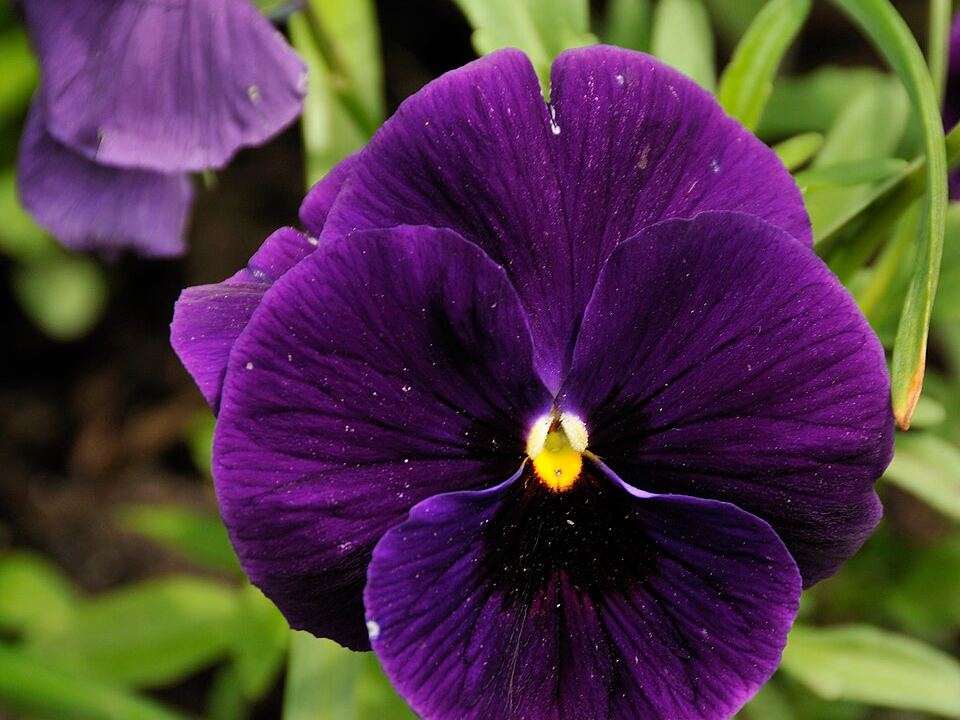
Pansies are cheerful flowers with velvety petals and a variety of color combinations. They do best in cooler weather and can be planted in early spring or fall. Their low-growing form fits well in containers, window boxes, or along the front edge of a flower bed. Pansies like sun but can handle partial shade too.
They only need average soil and occasional watering to keep blooming. In mild climates, they may last through the winter, giving the garden a boost during quiet months. Deadheading can help keep them looking fresh, though they often do well without much care. Their expressive faces and rich colors make them a favorite choice for adding charm to simple garden spaces.
Blanket Flower
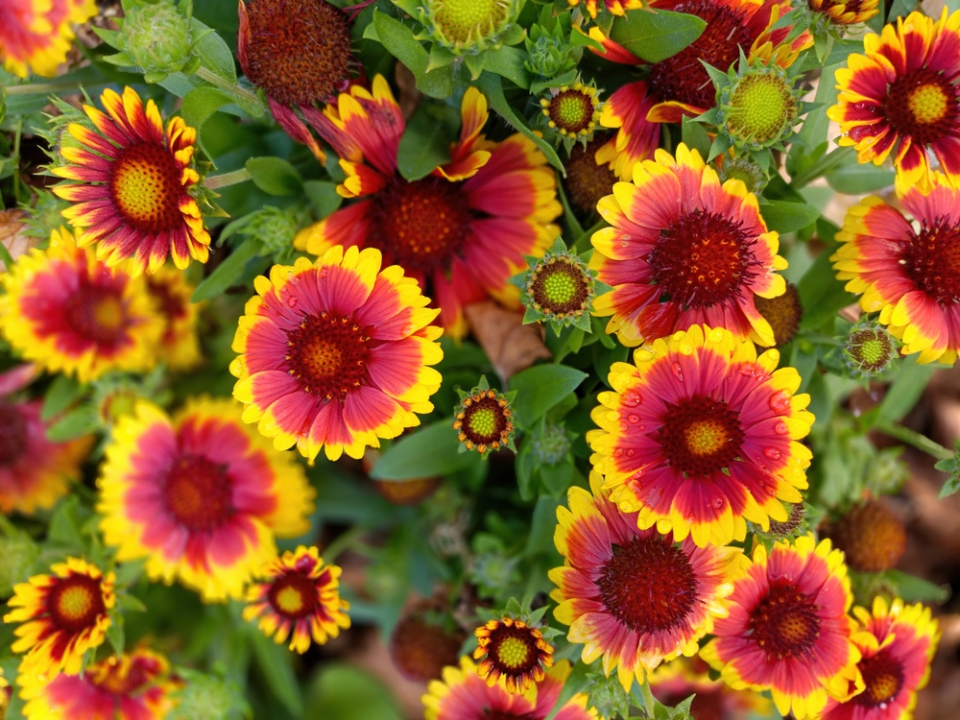
Blanket flowers are known for their warm red and yellow tones and long blooming period. These tough perennials thrive in full sun and dry conditions. Once planted, they quickly establish themselves and bloom steadily throughout the summer. Their daisy-like shape adds texture and color to beds and borders.
They do not need rich soil or frequent watering, which makes them ideal for gardeners who prefer less work. You can let them spread naturally, as they often self-seed and return year after year. Deadheading helps prolong flowering, but even without it, they continue to shine. Blanket flowers offer a sunny, relaxed look without needing constant care.
Portulaca
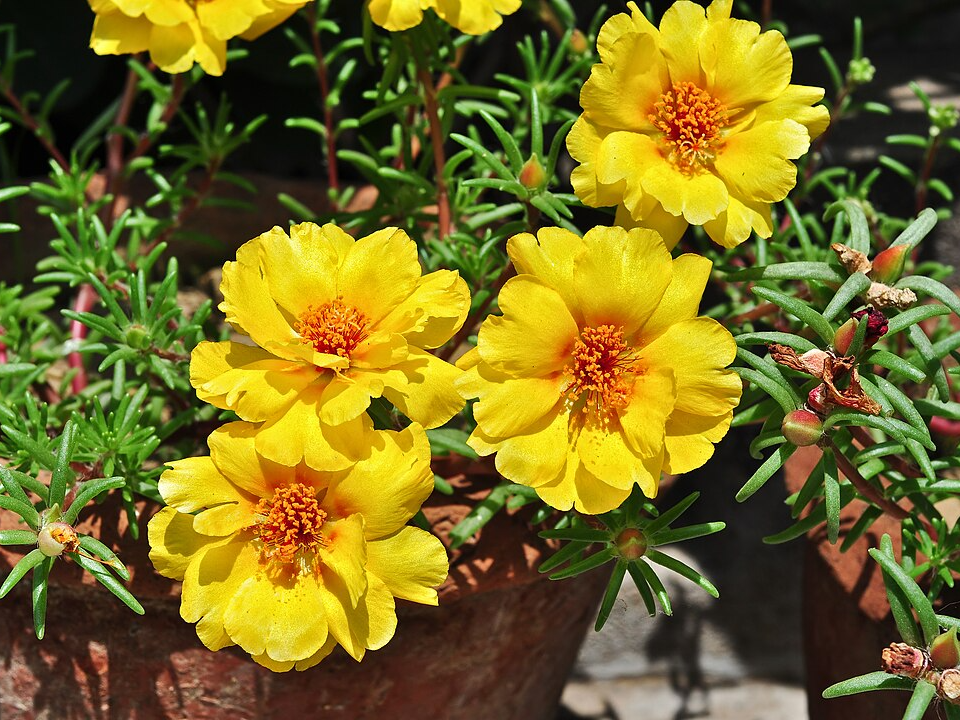
Portulaca, sometimes called moss rose, is a drought-tolerant flower that grows close to the ground. Its thick, succulent leaves hold moisture, making it perfect for hot, dry spots. The blooms open in the sun and come in bright colors like red, yellow, pink, and orange. It grows quickly and does well in rock gardens or sandy soil.
This flower does not need much water and thrives in full sun. Once it is established, it can spread across an area and fill in empty spots. Portulaca works well in containers too, especially in places where watering is hard to keep up. It offers bold color in tough spots with very little effort.
This article originally appeared on Avocadu.
